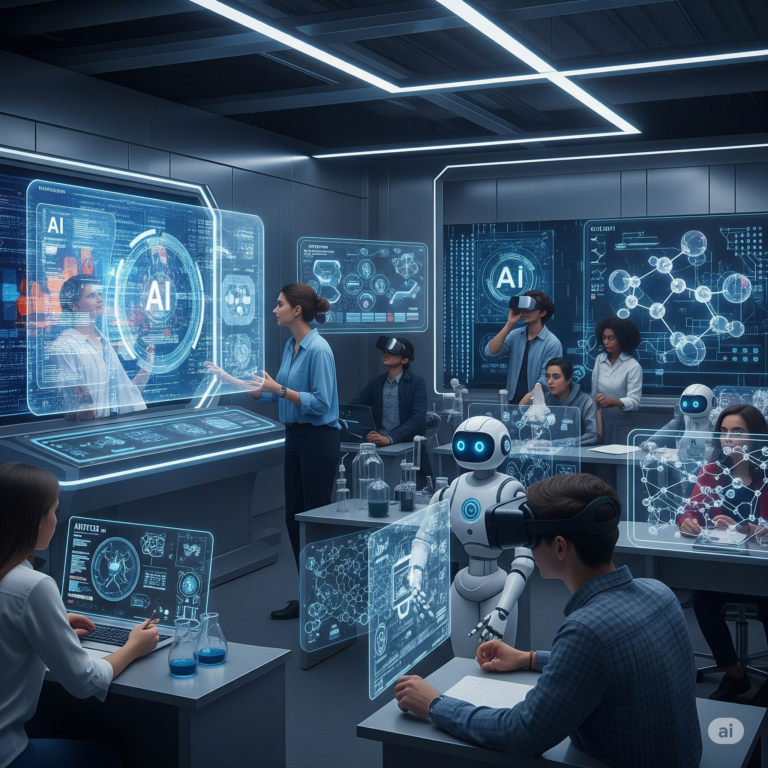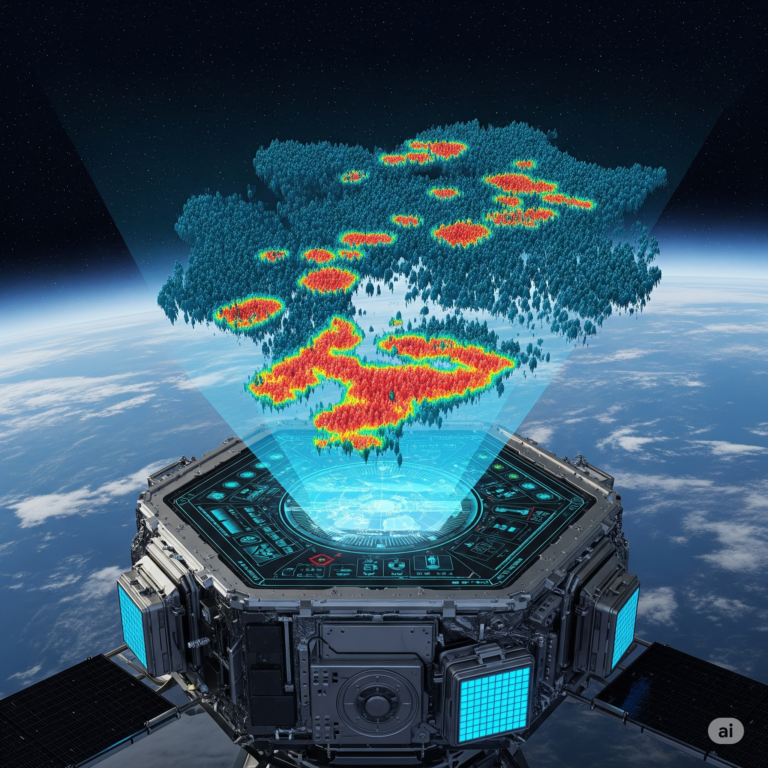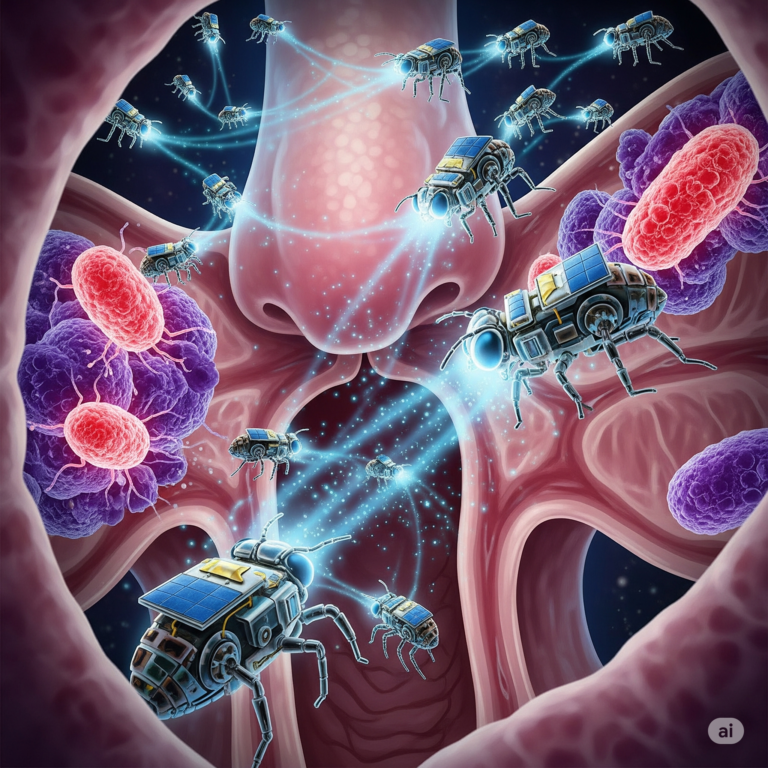Artificial Intelligence (AI) continues to evolve at an unprecedented pace, achieving remarkable milestones across various domains. One of the latest breakthroughs comes from Google DeepMind, where researchers have developed Dreamer, an AI system that has successfully learned to collect diamonds in the popular video game Minecraft—without any human guidance. This advancement in reinforcement learning signals a significant step toward AI systems capable of generalizing knowledge across different environments.
The Significance of Dreamer AI’s Achievement
Collecting diamonds in Minecraft is no trivial task. It requires strategic planning, resource gathering, crafting, and deep exploration. Traditionally, AI systems trained for video games relied on human gameplay data or explicit instructions to improve their performance. However, Dreamer has taken a different approach, demonstrating the power of trial-and-error learning in highly complex environments.
Why Minecraft?
Minecraft serves as an ideal testing ground for AI due to its:
- Open-world structure that allows unrestricted exploration.
- Diverse mechanics involving resource collection, crafting, and survival strategies.
- Long-term planning requirements that challenge AI systems to develop strategic thinking.
How Dreamer AI Works
1. Reinforcement Learning at Its Core
Unlike traditional AI models that depend on predefined datasets, Dreamer AI uses reinforcement learning to understand the game. Reinforcement learning is an AI training method in which an agent learns by interacting with an environment and receiving rewards for successful actions.
Dreamer works by trial and error, identifying which actions lead to success and optimizing its strategy accordingly. In the case of Minecraft, this meant:
- Learning how to mine resources (such as wood and stone)
- Understanding how to craft tools (like pickaxes)
- Navigating dangerous environments (like caves filled with hostile creatures)
- Locating and mining diamonds, one of the most valuable resources in the game
2. World Model Learning
Dreamer doesn’t just react to situations—it predicts the consequences of its actions. This ability comes from its world model, a system that enables the AI to simulate potential outcomes before taking action.
For example, instead of blindly digging through the ground, Dreamer anticipates where diamonds are likely to be found and plans its movements accordingly, just like a human player would.
3. Trial and Error Without Human Supervision
One of the most impressive aspects of Dreamer is its ability to learn without human intervention. Unlike previous AI models that required massive amounts of human gameplay data, Dreamer developed its own strategies purely through interaction with the game world.
Challenges Faced by Dreamer AI
Despite its success, Dreamer had to overcome significant challenges, including:
- The complexity of Minecraft: Unlike structured games like chess or Go, Minecraft requires flexible thinking and adaptability.
- Long-term planning: Some tasks in Minecraft require multiple steps over extended periods, which can be difficult for AI models to grasp.
- Unknown environments: Dreamer had to learn to navigate an unfamiliar world without pre-existing knowledge or maps.
Implications for the Future of AI
1. Advancing Generalized AI Systems
Dreamer’s ability to learn complex tasks without human supervision is a major step toward the development of generalized AI systems—AI that can learn and adapt to different tasks without being explicitly programmed for each one.
2. Real-World Applications
The techniques used in Dreamer AI could be applied in several real-world scenarios, such as:
- Autonomous robotics: Teaching robots to perform tasks without predefined programming.
- Medical AI: Helping AI learn complex medical procedures through trial and error.
- Self-driving cars: Enabling AI to adapt to new road conditions without requiring extensive human-labeled data.
3. AI in Gaming and Virtual Worlds
Dreamer’s success in Minecraft could also pave the way for more intelligent AI-controlled characters in video games. Imagine NPCs (non-player characters) that learn from their environment, adapting to players’ actions in real time, making gaming experiences more immersive and realistic.
Comparison to Other AI Systems
| AI System | Learning Method | Human Supervision | Application |
| Dreamer AI | Reinforcement Learning | No | Minecraft, general AI research |
| AlphaGo (DeepMind) | Supervised + Reinforcement Learning | Yes | Board Games (Go) |
| GPT-4 (OpenAI) | Supervised Learning | Yes | Language Processing |
| Dota 2 AI (OpenAI) | Reinforcement Learning | Some | Competitive Gaming |
Unlike AlphaGo or GPT-4, Dreamer is unique because it learns entirely on its own, proving that AI can develop complex skills without requiring vast amounts of human-generated training data.
Ethical Considerations
As AI continues to advance, ethical concerns arise, including:
- Autonomy vs. Control: Should AI be allowed to make independent decisions in critical applications, such as healthcare or defense?
- Bias in Learning: If AI learns purely from trial and error, how do we ensure that it doesn’t develop undesirable or dangerous behaviors?
- Job Displacement: With AI systems learning more autonomously, how will industries adapt to automation?
Conclusion
The development of Dreamer AI by Google DeepMind marks a significant breakthrough in AI research. By successfully learning how to collect diamonds in Minecraft without human input, Dreamer has demonstrated the power of reinforcement learning, autonomous exploration, and predictive planning.
This innovation doesn’t just impact gaming—it has far-reaching implications across robotics, medicine, self-driving technology, and AI development. As researchers continue to refine these models, we are moving closer to an era where AI can think, learn, and adapt just like humans—without ever needing a guiding hand.
Also Read:
What is reinforcement learning?









+ There are no comments
Add yours